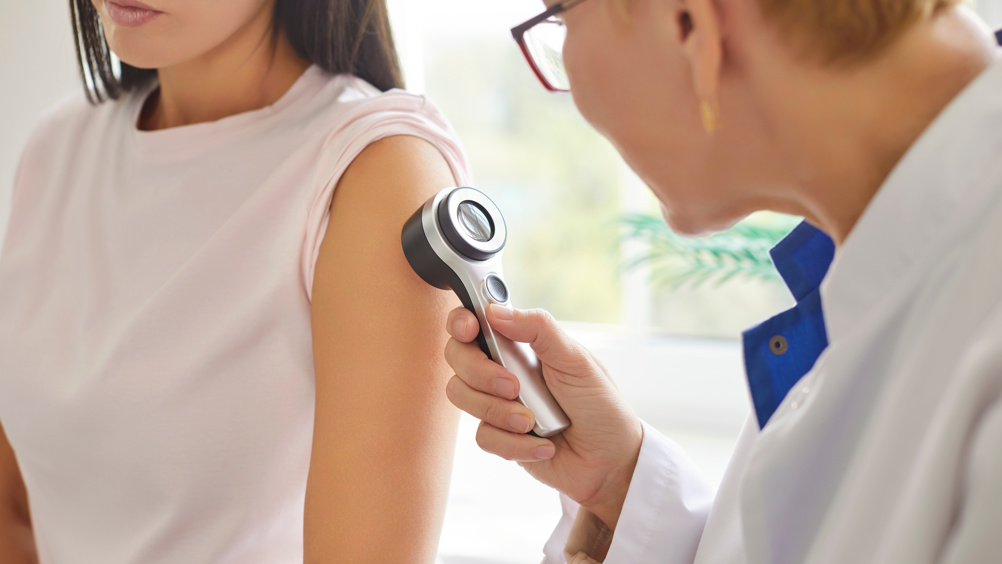References
Diagnostic tools and methods for dermatological assessment

Abstract
Advanced clinical practitioners (ACPs) play an essential role in dermatological care but often encounter challenges due to limited training in dermatological assessments and investigations. This two-part series aims to address these gaps by offering a structured approach specifically for ACPs. Part one focused on conducting a thorough history-taking and physical examination to establish a solid foundation for diagnosis. Part two contributes to the existing literature by detailing essential diagnostic tools and emerging technologies that empower ACPs to enhance diagnostic accuracy and patient-centred care. These include traditional methods such as skin biopsies, histopathology, microbiological testing, immunofluorescence, dermatoscopy and relevant blood tests, as well as innovative advancements such as artificial intelligence (AI) tools and imaging techniques. In addition, the integration of quality-of-life (QoL) measures highlights the broader impact of skin diseases on patients' mental and emotional wellbeing. By combining clinical examination skills, diagnostic innovations and holistic assessments ACPs can provide more effective and empathetic dermatological care, ultimately improving outcomes and diagnostic confidence.
The increasing complexity of dermatological conditions encountered in health care highlights the vital role of advanced clinical practitioners (ACPs) in performing comprehensive dermatological assessments. Despite their significant contributions to patient care, many ACPs feel uncertainty when conducting skin assessments, largely due to limited training and a lack of research focused on dermatological investigations (Alsararatee, 2024a). Although a substantial number of dermatological conditions can be diagnosed clinically through a thorough history and physical examination, the use of diagnostic tools is often critical for confirmation and differentiation of diagnoses. These tools refine clinical assessments, guide treatment decisions, monitor disease progression and evaluate systemic involvement (Li et al, 2022; Marks et al, 2024).
This article, the second in a two-part series, aims to equip ACPs with a structured approach to dermatological diagnostics in both primary and secondary care settings. Part one (Alsararatee, 2024b) addressed foundational skills, including comprehensive history-taking and physical examination, which are fundamental in establishing an accurate clinical diagnosis. Building on this foundation, part two explores key diagnostic investigations, such as skin swabs and microbiological testing, histopathological analysis, immunofluorescence, dermatoscopy, the incorporation of quality-of-life measures and the use of artificial intelligence (AI) in dermatology.
Register now to continue reading
Thank you for visiting British Journal of Nursing and reading some of our peer-reviewed resources for nurses. To read more, please register today. You’ll enjoy the following great benefits:
What's included
-
Limited access to clinical or professional articles
-
Unlimited access to the latest news, blogs and video content

